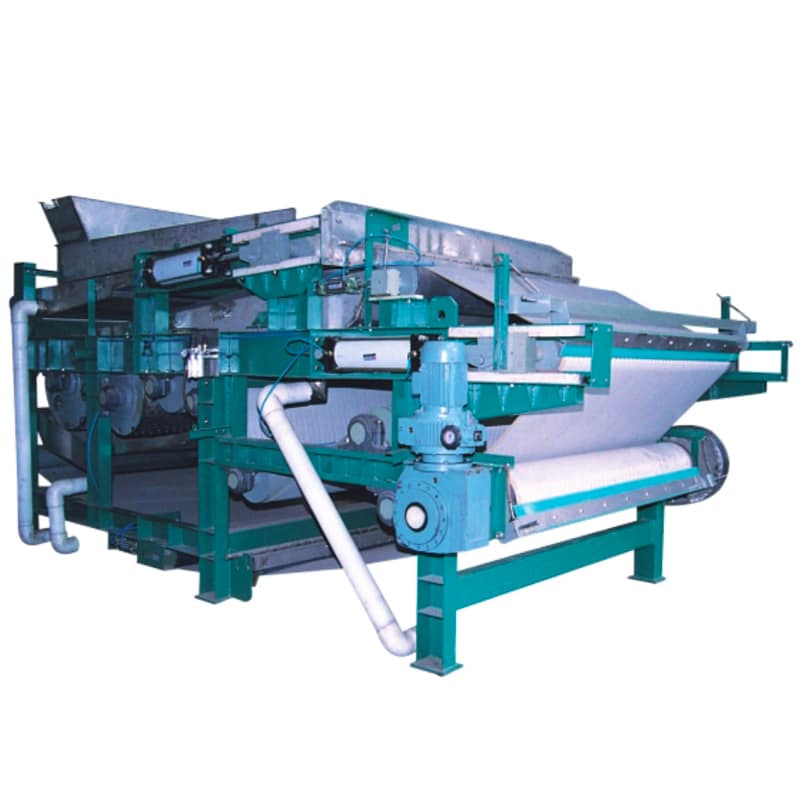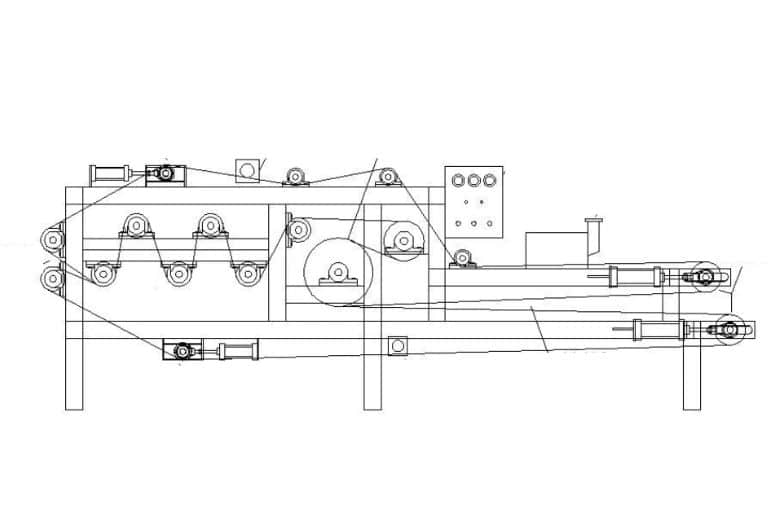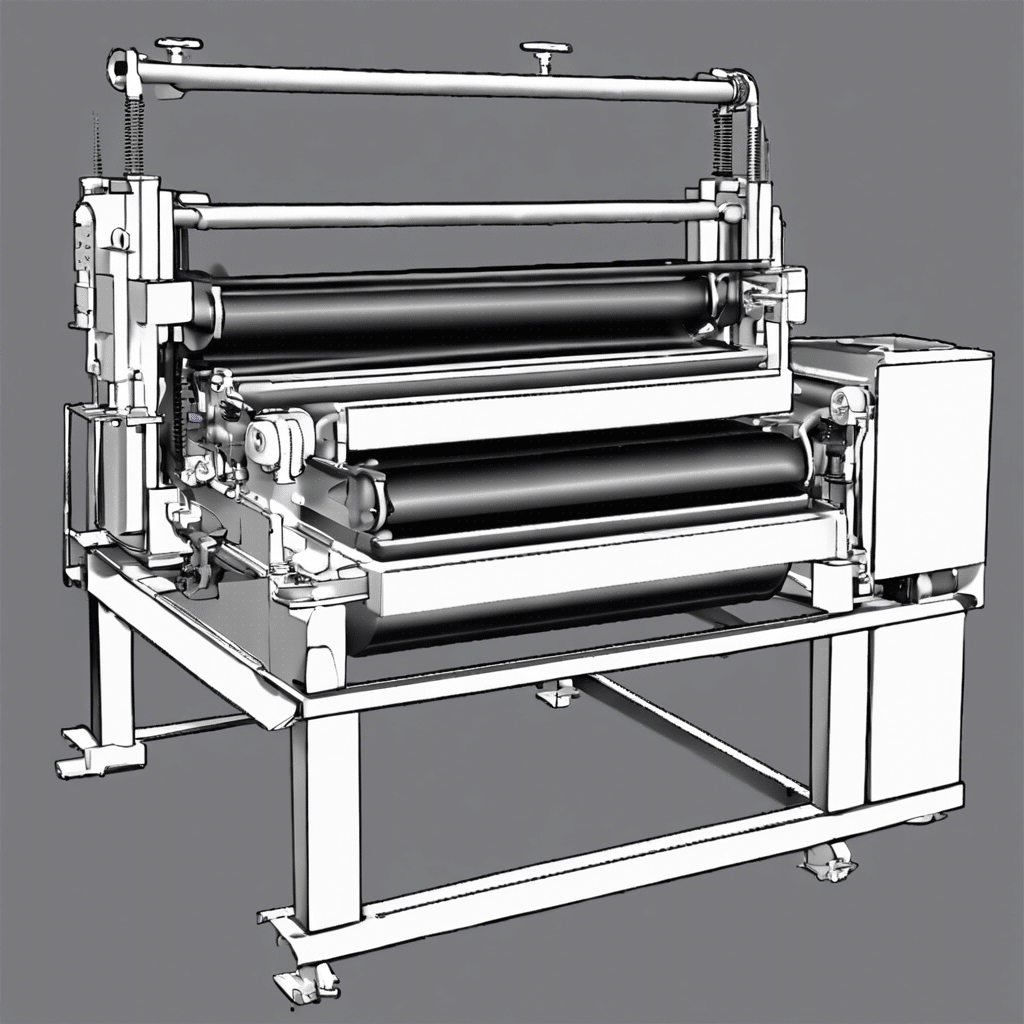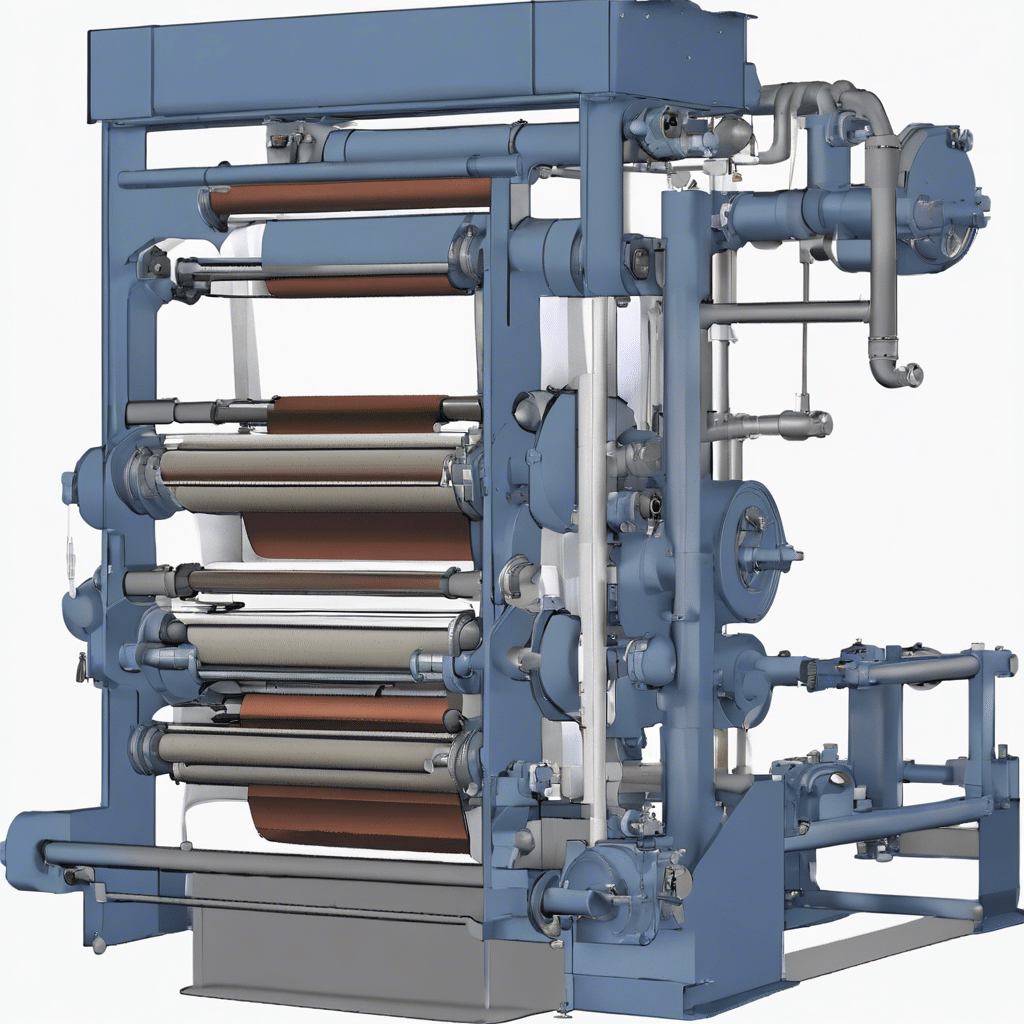Water treatment is a critical aspect of maintaining public health and environmental quality. Effective water treatment solutions ensure that water is safe for consumption and use, as well as protecting natural ecosystems from pollution and degradation.
Belt filter press is a commonly used sludge treatment equipment, which is widely used in municipal sewage treatment plants, industrial wastewater treatment plants and other fields. Its efficient dewatering capacity and continuous operation make it an indispensable equipment in the sludge treatment process.
What is a belt filter press?
Belt filter press is a kind of equipment for mechanical dewatering of sludge through the combination of filter belt and drum. Its workflow includes sludge feeding, gravity dewatering, wedge dewatering, and squeeze dewatering, and finally, the dewatered filter cake is discharged from the system.

Main components of a belt filter press

| Component | Specific parts |
| Feed system | feed hopper, feed distributor |
| Gravity drainage zone | lower filter belt, support rollers |
| Wedge zone | upper and lower filter belts, wedge guide device |
| Pressure dewatering zone | upper and lower filter belts, pressure rollers, support and guide rollers |
| Discharge system | discharge port, scraper device |
| Filter belt system | filter belts, cleaning device, tensioning device, guiding device |
| Drive system | motor and drive system, frequency converter |
| Control system | control panel, automation control system |
Working principle of belt filter press
- Feed system
The sludge or slurry is evenly distributed on the lower filter belt through the feed system to ensure the uniformity of sludge entering the subsequent dewatering zone. - Gravity dewatering zone
In the gravity dewatering zone, the material is first filtered out of some free water by gravity on the lower filter belt. This stage mainly utilizes gravity, so that the water in the sludge is naturally discharged through the filter belt. - Wedge zone
The sludge enters the wedge-shaped zone after passing through the gravity dewatering zone. In this stage, the upper and lower filter belts gradually come together, slightly squeezing the material for further dewatering. The wedge zone is a transitional stage to prepare for the subsequent strong extrusion. - Squeeze dewatering area
This is the core dewatering area of the belt filter press. Between the upper and lower filter belts, the water in the sludge is maximally discharged through the strong extrusion of multiple sets of drums. Multiple sets of drums are arranged alternately to gradually increase the pressure and realize efficient dewatering. - Discharge system
The filter cake after squeezing and dewatering is discharged from the discharge port. The dewatered filter cake has a low water content, which is convenient for subsequent treatment or transportation.
Detailed arrangement of belts and drums for belt filter presses
Filter belt
The upper and lower filter belts are usually made of wear-resistant, corrosion-resistant materials to ensure stability over long periods of operation. The filter belts are kept running smoothly by guide and tensioning pulleys and are kept clean during operation by a cleaning device.
Function of each drive
The transmission of the filter belt is realized by means of a motor and a drive unit. Each drive moves the belt a certain distance, pushing the material forward. The frequency and speed of the drive can be adjusted according to the capacity and material characteristics to ensure a smooth transition between different dewatering zones.
Drum
Belt filter press drums include guide drums, tensioning drums and press drums. The guide drum guides the path of the filter belt, the tensioning drum adjusts the belt tension, and the press drum is used to forcefully dewater the sludge. Reasonable arrangement and maintenance of the drums is the key to ensure the efficient operation of the belt filter press.


Advantages and disadvantages of belt filter presses over other dewatering equipment
Advantage:
- Highly efficient dewatering capacity: Enables rapid and efficient solid-liquid separation, producing a dry filter cake.
- Wide applicability: Suitable for a wide range of sludge types, including biological sludge and sludge after chemical treatment.
- Automated control: Highly automated, with operating parameters adjusted through the control system, reducing manual intervention.
- Space-saving: Relatively small footprint, suitable for places with limited space.
- Easy operation: Relatively simple operation and maintenance, reducing operation cost and labor input.
Disadvantage:
- Higher initial investment: Equipment purchase and installation costs are higher.
- High requirements on sludge nature: Strict requirements on sludge treatment, are not applicable to all types of sludge.
- Higher energy consumption: Squeezing and transportation of filter cake consume more energy.
- High maintenance frequency: Due to the high load operation, regular maintenance and replacement of parts are required.
- Limited capacity: A single unit has a limited capacity, requiring multiple units to operate in parallel for large-scale demands.
What are the daily maintenance and repair points of belt filter press?
- Clean the filter belt and drum regularly to prevent dirt buildup.
- Check and adjust the tensioning device to maintain proper tension on the filter belt.
- Inspect and replace worn filter belts and drums regularly.
- Clean and inspect the electrical control system to ensure proper operation.
- Lubricate and protect rolling bearings to minimize friction.
- Check motors and transmissions to ensure smooth operation.
- Clean equipment regularly and check for leaks and abnormalities.
- Record operating data to analyze and deal with problems in a timely manner.
Summary
As an efficient sludge treatment equipment, the belt filter press plays a key role in modern sludge treatment and wastewater treatment processes. It effectively realizes solid-liquid separation of sludge by means of mechanical pressing and produces a dry filter cake, thus reducing the volume of waste and simplifying subsequent treatment steps. Keeping an eye on the latest developments and applications of belt filter presses can help improve the efficiency and effectiveness of sludge treatment, making it more useful for environmental protection and resource recovery.
KUOSI offers a wide range of sludge treatment equipment, covering the product lines of filter presses, screw presses, sludge dryers, sludge conveyors, dosing systems, DAF systems, aeration blowers, disinfection systems, wastewater screens, grit removal equipment, compactors, scrapers, and SBR decanter centrifuges. KUOSI is committed to providing advanced technological solutions to help our customers effectively treat and manage wastewater and sludge in order to achieve the goal of environmental sustainability. For further information, please contact us.
